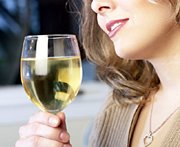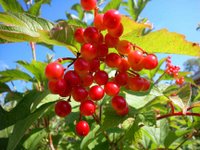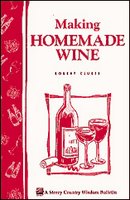How to Pick the Perfect Bubbly
Saturday, December 31, 2005
 With it being New Year's Eve, I thought that I would post this article found on Topix.net about how to pick champagne.
With it being New Year's Eve, I thought that I would post this article found on Topix.net about how to pick champagne. Posted by the Ocean County Observer on 12/31/05
BY LAWRENCE MEEGANSTAFF WRITER
Champagne has been the drink of celebrations for more than 15 centuries — a fact that will be in evidence again tonight at New Year's Eve parties across the country.
To find the perfect champagne, there are certain dos — and don'ts — that every wine lover must know, starting with what is considered "true" champagne, how much you should spend, and how loud you should pop that cork.
"A lot of people don't know much about champagne," said Donny Sanders, owner of Monaghan's Liquor Store, Toms River. "They rely on what they see or hear from advertisements. There are less known brands that are a better quality."
From its earliest days, champagne has held a special place in history. Clovis, King of the Franks, was baptized in Champagne in 496 after he was converted to Christianity. Coronations of French monarchs were accompanied by Champagne. It also flowed freely on Bastille Day, July 14, 1789 when the monarchy was overthrown.
Technorati Tags : Champagne, New_Year's, Celebrations, Holidays, Wine

 Follow Me On Twitter
Follow Me On Twitter









